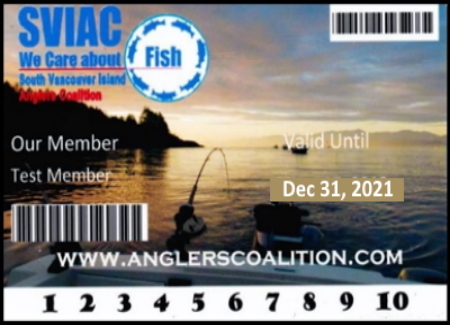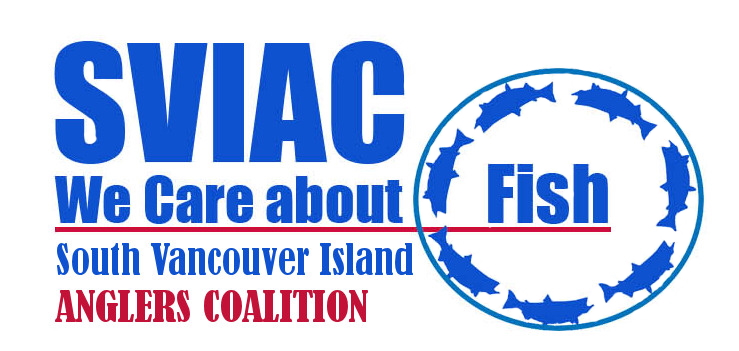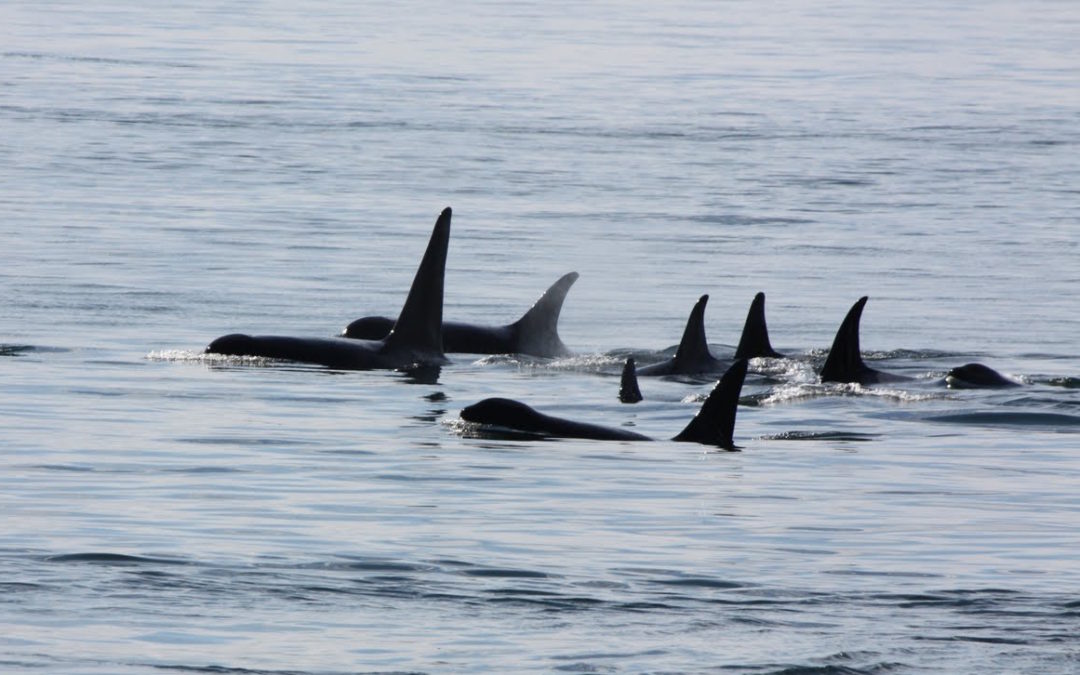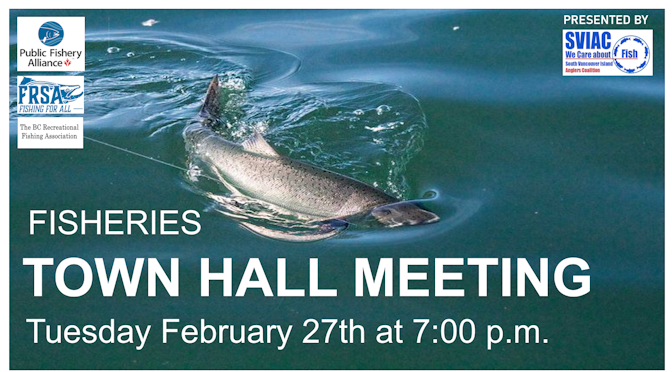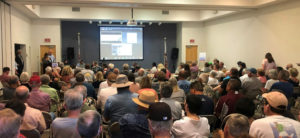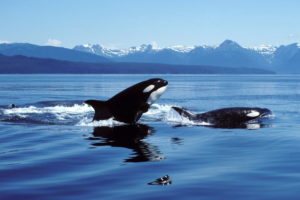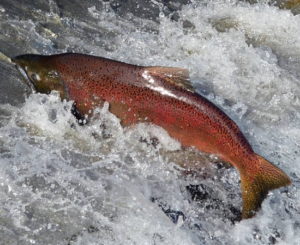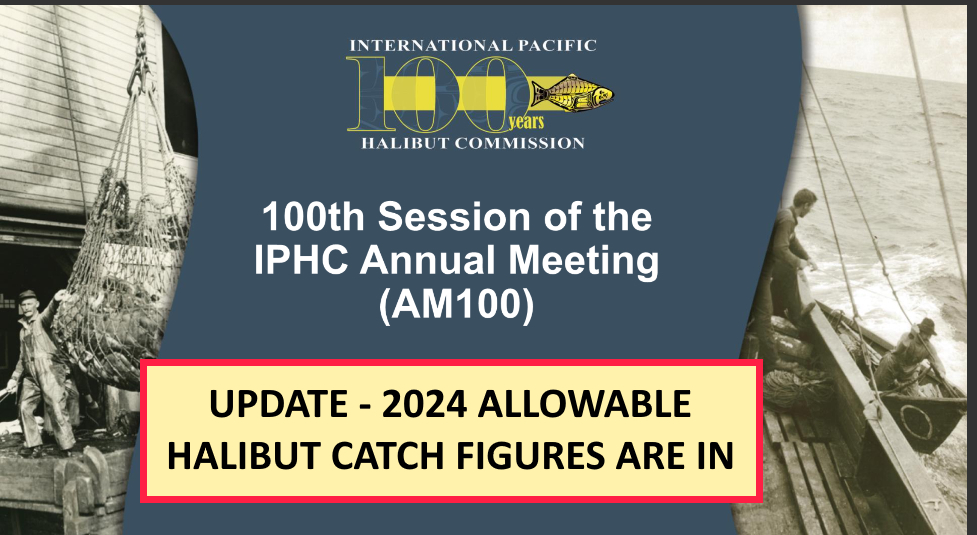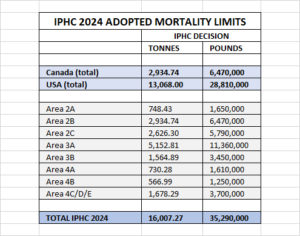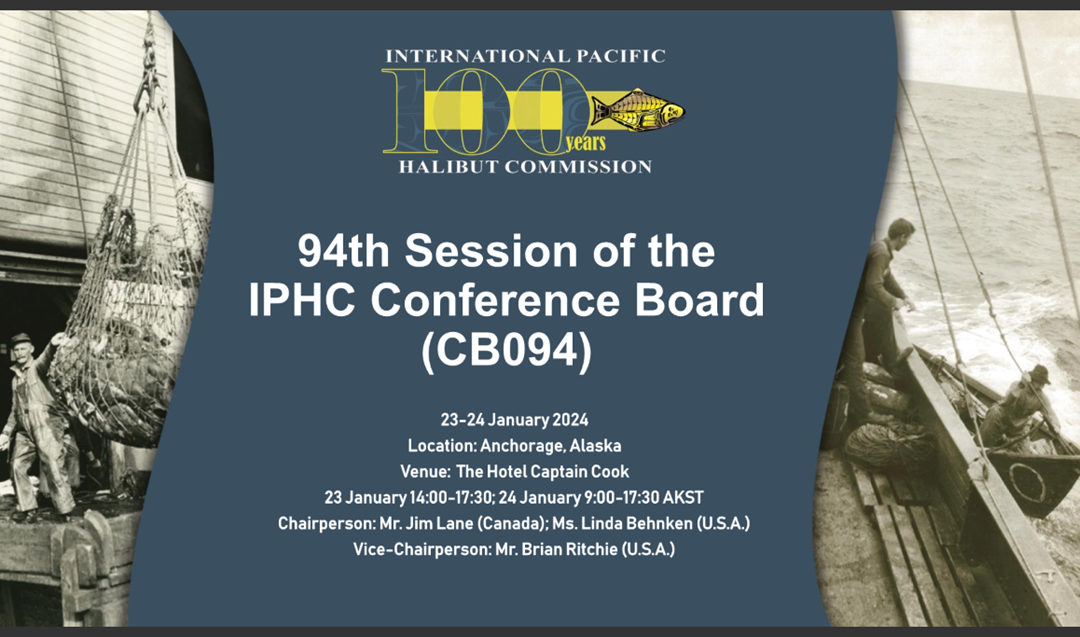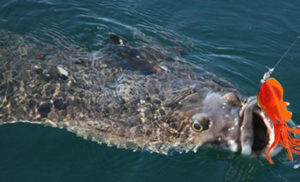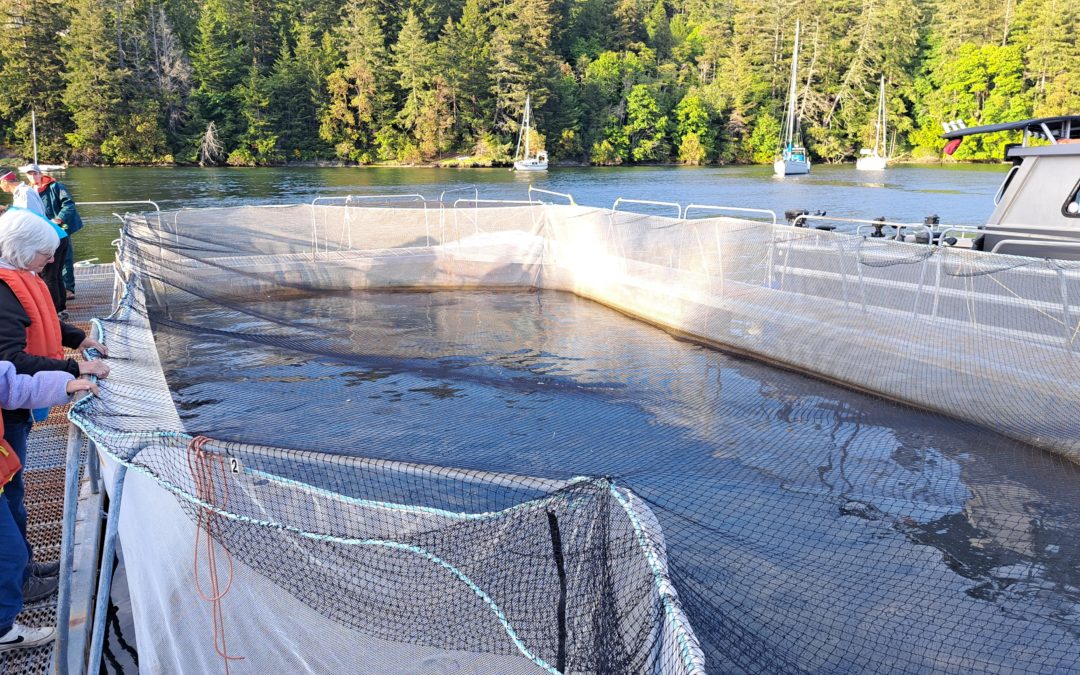If you haven’t already heard, DFO released a survey on proposed SRKW management measures for the 2024 and 2025 seasons. It closes on February 12, 2024, and only takes about 10 minutes to complete. The Sport Fishing Advisory Board (SFAB) released a backgrounder and advice to help anglers complete the survey, and SVIAC supports this advice and wants to help share it far and wide. Written feedback is also encouraged. Please complete the survey and share the link and this document with your friends. The SFAB document is copied below, but first, here is the link to the survey itself.
https://www.pac.dfo-mpo.gc.ca/consultation/fm-gp/srkw-eprs/2024-srkw-survey-sondage-ers-eng.html
—
SFAB 2024 SRKW Survey Advice
DFO is actively engaged in consultation for a proposed suite of SRKW management measures for the 2024 and 2025 season. The SFAB urges you to get involved and have your voice heard by participating in the survey DFO has provided. It’s a short survey that can be completed in about 10 mins. Written feedback is also encouraged. The deadline for all feedback is Feb 12th, 2024.
We encourage you to read the following background information to assist you in completing the survey in a
manner that offers the best opportunity to achieve a balance between angling opportunity and meaningful benefits to SRKW, and to share this information widely.
Background
The SFAB completely rejects the idea that additional or increased fishery restrictions are necessary, and further suggests that removing or reducing fishing closure areas is appropriate. The negative socioeconomic impact on communities like Sooke, Port Renfrew and Sidney far outweigh any benefit these closures provide to SRKW in the high chinook abundance regime that currently exists when the closures are proposed to be in effect.
The SFAB has consistently supported the “Mobile Avoidance Zone” as the best management approach to reduce or eliminate competition for prey with, and physical\acoustic disturbance from anglers. Canada currently has a mandatory minimum avoidance distance of 400m to all SRKW plus a voluntary stop fishing zone of 1000m. This is the approach taken by WA state which does not rely on static fishing closures or “no go” zones as recovery strategies. The SFAB has also consistently supported ensuring that the avoidance zone is of a size that scientific evidence suggests would virtually eliminate physical and acoustic disturbance, and that this zone apply to all killer whales and all vessels. SRKW are highly mobile animals and we strongly believe that a consistently applied zone of protection that follows them throughout their range will offer the best protection from disturbance.
The SFAB does not support the static “Interim Sanctuary Zone” (ISZ) approach currently implemented by DFO. These zones, which occur in the Southern Gulf Islands, appear in red on the DFO SRKW proposal maps in the vicinity of Saturna and Pender Islands. SRKW are highly mobile animals and there is little to no evidence to suggest that SRKW consistently stay in ISZ’s for any length of time, or that they actually assist SRKW foraging activity because of this. Further reducing the effectiveness of static ISZ’s is the fact that they are not applied to all vessels since some fishing activities are still permitted.
The SFAB does not support the use of salmon fishing closures to reduce competition for chinook from recreational anglers. They are additional to management measures already in place to protect stocks of concern, and only apply when more abundant stocks are present which provide ample food for SRKW, especially in recent years. Critically important summer and fall stocks of chinook salmon were in low abundance when fishing closures were initially implemented in 2018, which was further exacerbated by the Big Bar slide in 2019. The majority of these stocks are now in high abundance, notably Fraser Summer 4.1 Chinook (over 625,000), Lower Fraser Fall Chinook (150,000 just to the Harison River), Cowichan Chinook (21,000) and Robertson Creek Chinook (200,000) all of which are returning during the months of August to October. This huge abundance grows considerably when we consider the highly abundant returns of enhanced chinook on both coasts of Vancouver Island, most of which are present during the August to October period when SRKW related fishing closures take place. And of course, there are vast numbers of US enhanced stocks in the mix as well. The fact is that there is absolutely no evidence to support a deficit of prey for SRKW in their Canadian habitat and much evidence to suggest near historically high levels of chinook abundance in southern BC waters.
Consider also the fact that DFO is planning to cut production of Chilliwack River enhanced chinook in 2024 that was intended specifically to provide prey for SRKW. Clearly, scarcity of prey is no longer a high priority for DFO moving forward, and it shouldn’t be given the abundance noted above.
Therefore, the SFAB completely rejects the idea that additional or increased fishery restrictions are appropriate, and further suggests that removing or reducing fishing closure areas is appropriate. The negative socioeconomic impact on communities like Sooke, Port Renfrew and Sidney far outweigh any benefit these closures provide to SRKW in the high chinook abundance regime that currently exists when the closures are proposed to be in effect.
It’s important to note that there is already a 400m avoidance distance measure in place which should be of appropriate size to eliminate disturbance to SRKW, so fishing closures are only in place to reduce competition for chinook salmon. Given the completely different abundance regime we are currently in compared to 2018, the idea of increased restrictions being necessary is not supported by evidence.
2024\2025 proposals:
- Fraser River Mouth:
DFO proposals for the Fraser River mouth and Southern Gulf Islands are recommending no change from 2023. The SFAB suggests that reducing the size of the closed area to move it further away from the popular Pt. Grey Bell buoy area would reduce unintentional compliance issues with the current boundary.
- Southern Gulf Islands:
DFO proposals for Southern Gulf Islands are recommending no change from 2023.
- Juan De Fuca/Sooke:
DFO Option 2 presents a significant enforcement and compliance issue given the convergence of closure boundaries at the highly popular Otter Pt area. Either maintaining the status quo, or moving the inshore boundary of the proposed eastern zone closure of option 2 to a minimum of 2km offshore would remove this problem.
- Swiftsure/Port Renfrew:
The negative socioeconomic and boating safety impacts of DFO Option 2 to the community of Port Renfrew simply can’t be overstated. These negative impacts, which effectively remove virtually all sheltered small to medium sized boat access to chinook fishing opportunity for the community and its visitors thereby creating significant safety concerns, are vastly out of proportion to any minor additional benefit to SRKW that may be achieved. The SFAB believes that this option is insensitive to this small coastal community and unnecessarily causes anxiety to its residents due to uncertainty about their economic future and food security.
The SFAB completely rejects Option 2, and given chinook abundance realities in 2024, further recommends the creation of a reasonable angling corridor in the vicinity of the mouth of the Nitinat River to provide access in the terminal area to that abundant enhanced stock.
Link to DFO Background Material:
https://drive.google.com/drive/folders/1y_wuV7ATe4w9JJ4ZfnyQsy5QuNi5HPke
